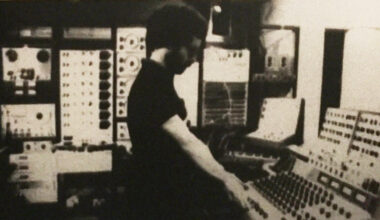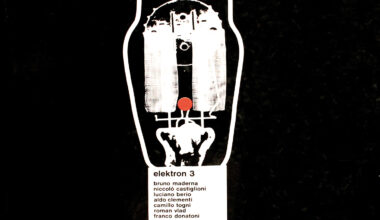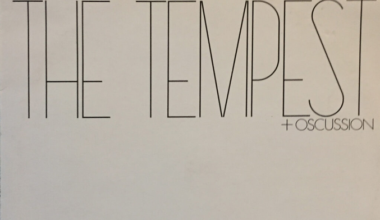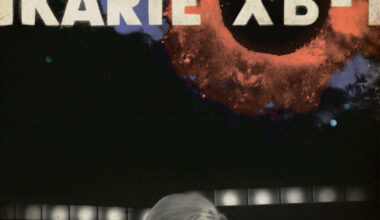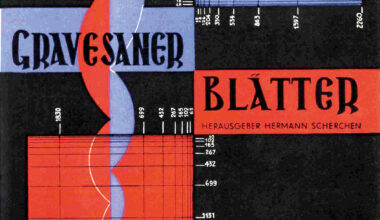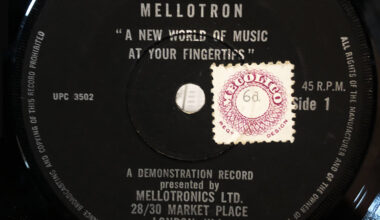Our resident archivist pulls Thomas Dolby’s 1984 classic ‘The Flat Earth’ from the shelves of his collection to be admired anew for its song smithery and its connections to No Wave, Telex and David Bowie
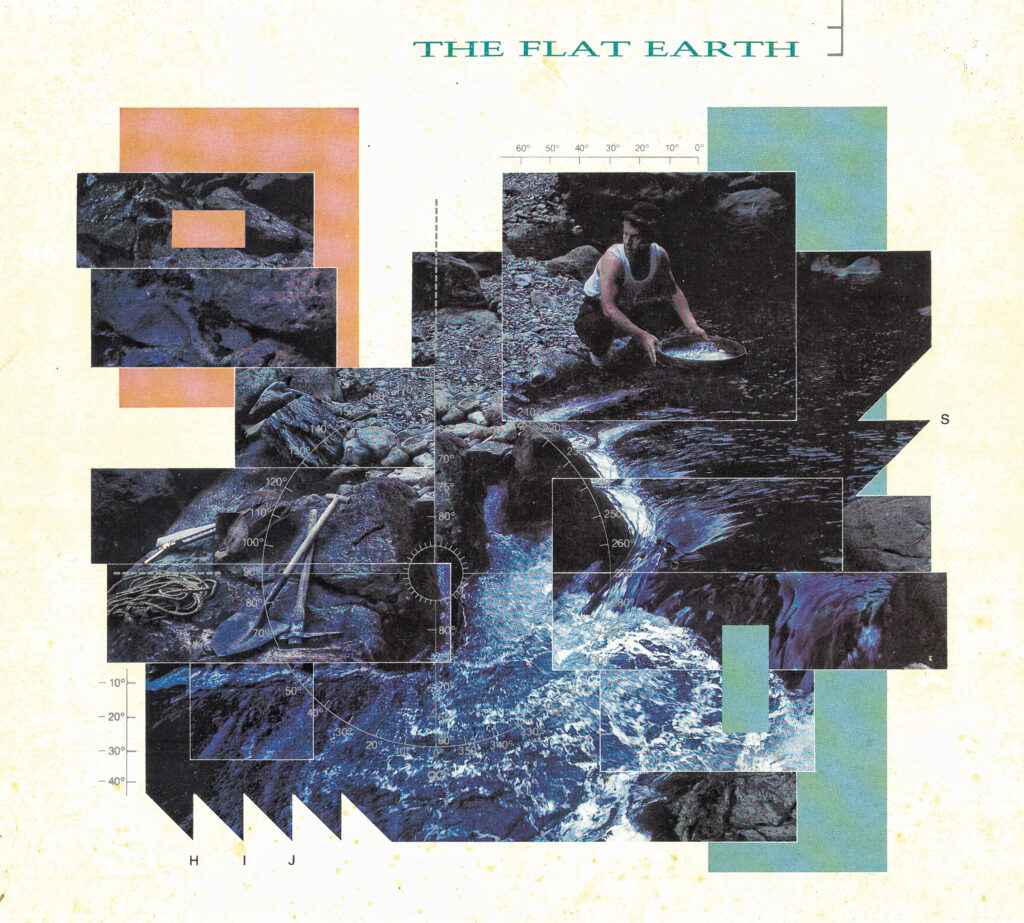
In the late 1970s Thomas Dolby was a huge XTC fan, he would follow them all over the country and would be at the front of the audience every night. Andy Partridge told me that. He then joined Lene Lovich’s live band, and was also part of a band called The Fallout Club in 1981.
Apparently he wandered into a synth shop one afternoon and there was a guy testing a synth out in there, and they got chatting and decided to form a band. The drummer was Paul Simon, brother of Ultravox and Magazine’s Robin Simon, and the bass player was Matthew Seligman, who was in The Soft Boys with Robyn Hitchcock. He played on ‘The Flat Earth’ and went on to work with Bowie.
Dolby’s first single under his own steam was ‘Urges’, in 1981, and he got Andy [Partridge] to produce it. They recorded it in a studio on a barge in London. The first thing I heard by him was the follow-up, ‘Europa And The Pirate Twins’, another great song. Andy played the harmonica on that. When I found out that Andy Partridge was involved, I had to buy it. I think you can hear the XTC influence on Dolby’s early stuff.
In 1983, Thomas Dolby produced the American rap band Whodini and wrote the music for their single ‘Magic’s Wand’. The 12-inch version is something like 11 minutes long, it’s really great for mixing in random stuff. The Whodini album had two tracks produced and written by Dolby, and there are two tracks produced by Conny Plank on there too.
But it was ‘The Flat Earth’ in 1984 that was his masterpiece. It’s full of classic tunemanship. The album’s best-known track is probably ‘Hyperactive!’ which was a big hit, and cemented that mad boffin image he had. You can hear the Fairlight all over it, with the slap bass guitar and orchestral hits, but the album is so much more than that.
On the title track, you can hear Soweto guitar, that highlife style, it’s pretty subtle, but he was so able at incorporating different musical styles into what he was doing. It’s such a soulful song, I thought it was wonderful, and his vocal on it is amazing. His cover of Dan Hicks’ ‘I Scare Myself’ is a high point. Hicks lived near me in Mill Valley until he died last year.
The sound of the whole album is really sharp. It’s brilliantly produced. He made it in Belgium with Dan Lacksman of Telex engineering. He went there to record so there would be no distractions. It’s got Robyn Hitchcock on it, doing the spoken word part on ‘White City’, going on about Bedfordshire being flat. Kevin Armstrong’s on the album too, he went on to play with Bowie and Iggy Pop. He was part of Tin Machine. In fact, Dolby’s band pretty much became Bowie’s band when he did Live Aid in 1985. It has to be said, it wasn’t Bowie’s best performance ever, but still.
Adele Bertei sings on the album too, the amazing vocals on ‘Hyperactive!’. She was part of the no wave scene in New York in the late 1970s, she was in James Chance And The Contortions and was Brian Eno’s personal assistant while he was living there. She introduced Eno to the no wave scene.
When she signed to Geffen as a solo singer, Dolby produced her first single, ‘Build Me A Bridge’, in 1983.
To end on an interesting side note, Dolby Labs tried to stop Thomas Dolby using the name Dolby several times. They wrote to him in January 1982 about it, and got heavy in 1986 after he did the music for that awful ‘Howard The Duck’ film. They wanted to stop his name appearing on the credits for the film ‘Gothic’, which he’d just finished working on. They didn’t succeed in stopping him calling himself Thomas Dolby though, and it cost them $50,000.
